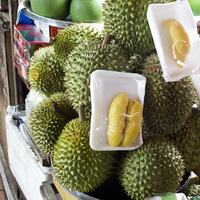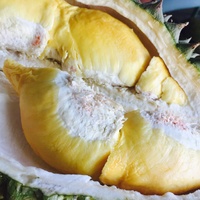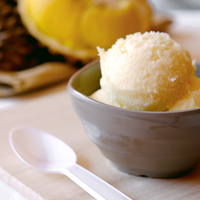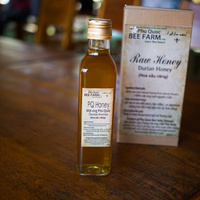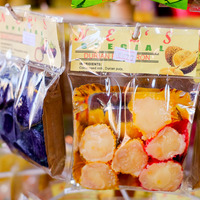Common name: Durian
Other common names: Civet cat fruit, Civet fruit
Description
Durian is a tree bearing large, spiky, odorous fruit much-beloved in Southeast Asia, where it occurs in humid tropical forests, its native range extending from southern Thailand through Peninsular Malaysia to Indonesia and Borneo.
It may attain heights of up to 40 m (130 ft) in the wild, though more commonly and in cultivation is around half that height, with a stout trunk supporting a densely branched crown, in young trees pyramidal-shaped, with age becoming rounded. The bark is grey or reddish-brown and flaking.
Leaves are elongated-oval with a pointed tip, 8 to 20 cm (3 to 8 in) long, on top light green or dark green, depending on the variety, underneath rusty brown. They remain on the tree in all seasons, alternately arranged and drooping along the ends of the branches.
The flowers are white, five-petaled with long stamens and large, around 6 cm (2.4 in) long by 2 cm (0.8 in) wide. They bloom in the dry season, borne in drooping clusters arising at nodes along the branches. Opening in the late afternoon, they give off a robust sour-milk-like odour so as to attract bats, the tree's specialist pollinators.
Fertilised flowers develop into roundish to oblong green fruit with thick, tough rind armed with stout, sharp-pointed spines. Hanging from the branches on strong stalks needed to support their size, they may be up to 40 cm (16 in) long and weigh up to 8 kg (17 lbs), though they are usually around half that length and weight. They mature about three to five months after fruit-set, then self-detach and fall to the ground, where they land with a thud.
Mature fruit may be green or yellowish, depending on the variety, and split along longitudinal lines into three or four segments. However, force is needed to pull them completely apart. Inside each segment and shielded by the thick rind are large brown seed, each embedded in creamy- or yellow-coloured pulp of a custard-like consistency. At the mature stage, the fruit give-off a strong and lingering odour that some have described as reminding of smelly cheese.
There is a wide variety of Durian, and they differ in leaf and flower colour, fruit shape and size, fruit odour, and pulp colour and flavour. The least common are varieties with red flowers and red pulp.
.5756.jpg)
Photo by Mufid Majnun on Unsplash
Use
Durian fruit is eaten mostly fresh-out-of-hand, the soft and melting custard-like pulp being the focus of attention and occasionally enthusiasm, especially among connoisseurs of the fruit. The taste is similar to rich vanilla custard with a hint of garlic, onion or cheese. The pulp is also incorporated in cakes, ice cream, and sticky rice desserts enriched with coconut cream.
The flowers produce an abundance of nectar, attracting bats and honeybees and producing dark amber honey with a fluid consistency and pleasingly sweet taste.
Durian trees produce a medium-weight wood that averages around 580 kgs per cubic meter (36 lbs per cubic ft) and has a low to moderate natural resistance to rot and decay. The heartwood is an attractive pink-brown to deep red-brown. When available, it is sawn into beams and planks for light construction, joinery, panelling, and making plywood and furniture. However, the trees are not usually felled for its wood in areas where the fruit is eaten and has economic importance.
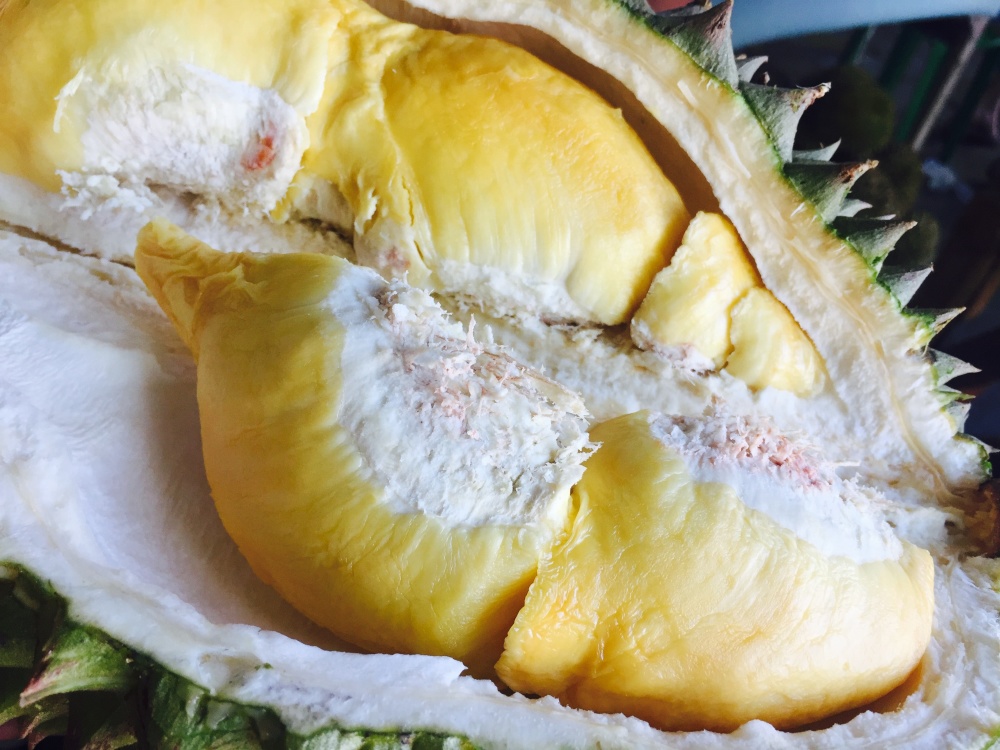
Photo by Gliezl Bancal on Unsplash
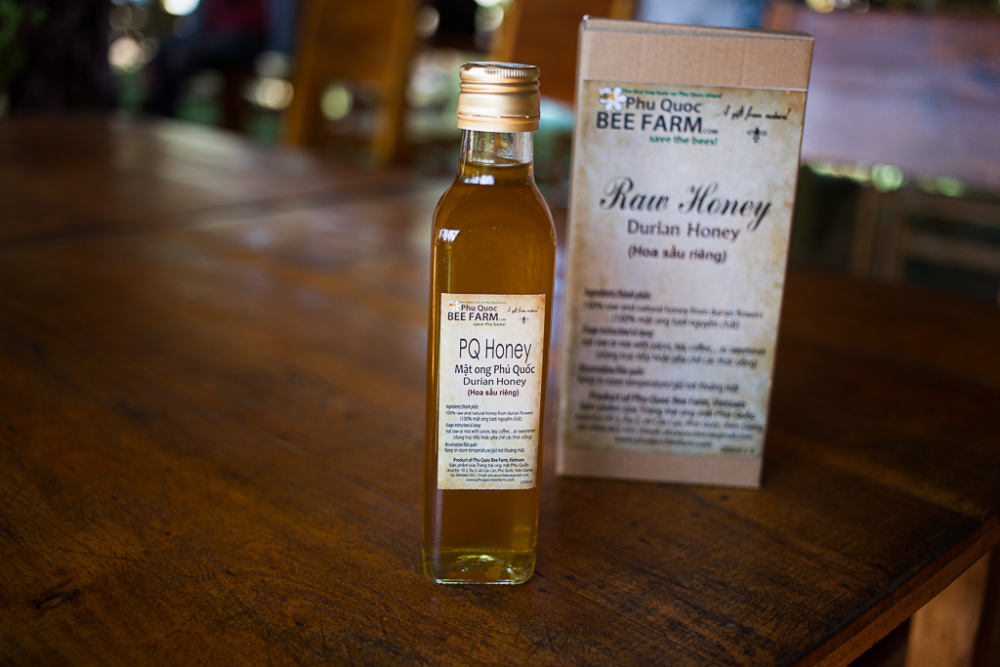
Durian honey (Phu Quoc, Vietnam)
Health and nutrition
Durian pulp is a good source of folate, iron, niacin (Vitamin B3), potassium, carbohydrates and fibre.
General interest
Due to its strong odour, Durian is banned from many public spaces in Southeast Asia, such as on Singapore's public transport network and from airports, aeroplanes and hotels.
Climate
Durian grows and fruits naturally in humid tropical climates, generally in frost-free areas with annual lows of 19 to 25°C, annual highs of 27 to 35°C, annual rainfall of 1400 to 5000 mm and a dry season of 3 months or less. However, durian trees may fail to flower and fruit, or do so poorly, in areas where the average low of the coldest month is below 15°C (59°F).
Durian is also cultivated with irrigation in areas having a dry season lasting up to 5 months, such as in Darwin, Australia. When grown under drier-than-normal conditions, the trees benefit from a micro-climate where irrigation can be misted over the top of their canopy.
Growing
New plants can be started from seed, but seedling plants do not come true to type, so vegetative propagation is preferred when selected varieties are to be cultivated.
The best results have been grafting cuttings of select varieties onto ordinary seedling rootstock. The seed lose their viability quickly and should be sown soon after extraction from the pulp. Ideally, they are sown in a container with a free-draining potting mix and are then tended in a nursery under light shade. When around 50 cm (1.6 ft) tall, the seedlings are topped and grafted with cuttings from selected varieties.
Durian trees perform best on free-draining clay-loam, loam, sand-loam and loamy-sand soils of a moderately acid to neutral nature, generally with a pH of 6.0 to 7.5, and on sites with full to partial sun exposure. However, the young plants need shade for the first few years to prevent sun-scorching. And it is common practice to plant them under a fast-growing, short-lived perennial, such as Banana (Musa acuminata).
Under ideal conditions, seedling trees start to flower and fruit when around seven years old. Grafted trees when approximately four to five years old.
In areas with a bimodal climate (two rainy and dry seasons per year), flowering and fruiting usually follow after each dry period, such as occurs in parts of its native range.
Durian fruit deteriorate quickly after harvest, their shelf-life being only a few days. However, this can be extended for up to two weeks if kept in cold storage at 10 to 15°C (50 to 60°F).
Problem features
Durian has been recorded as having escaped cultivation. However, there does not appear to be any record of it anywhere as a serious weed or invasive species.
The large, heavy, spiky fruit fall to the ground unaided, sometimes from a great height, potentially causing serious personal injury or damage to property.
Where it grows
References
Books
-
Allen, B. M. 1967, Malayan fruits : an introduction to the cultivated species, Donald Moore Press, Singapore
-
Barwick, M., et al. 2004, Tropical & subtropical trees : a worldwide encyclopaedic guide, Thames and Hudson, London
-
Bladholm, L. 1999, The Asian grocery store demystified, 1st edition, Renaissance Books, Los Angeles, California
-
Bradbear, N. 2009, Bees and their role in forest livelihoods : a guide to the services provided by bees and the sustainable harvesting, processing and marketing of their products, Food and Agriculture Organization of the United Nations (FAO), Rome
-
Crane, E., Walker, P. & Day, R. 1984, Directory of important world honey sources, International Bee Research Association, London
-
Janick, J., & Paull, R. E. 2008, The encyclopedia of fruit & nuts, CABI Publishing, Wallingford, Oxfordshire
-
Jensen, M. 1999, Trees commonly cultivated in Southeast Asia : an illustrated field guide, 2nd ed., Food and Agricultural Organisation of the United Nations (FAO) Regional Office for Asia and the Pacific (RAP), Bangkok
-
Lopez, C. & Shanley, P., 2004. Riches of the forest: food, spices, crafts and resins of Asia, Center for International Forestry Research (CIFOR), Bogor, Indonesia
-
Martin, F. M., et al. 1987, Perennial edible fruits of the tropics : an inventory, U.S. Dept. of Agriculture (USDA), Agricultural Research Service, U.S. Government Printing Office (GPO), Washington, D.C.
-
Morton, J. F. & Dowling, C. F. 1987, Fruits of warm climates, Creative Resources Systems, Winterville, North Carolina
-
National Research Council (Board on Science and Technology for International Development) 1975, Underexploited tropical plants with promising economic value, National Academic Press, Washington D. C.
-
Page, P. E. 1984, Tropical tree fruits for Australia, Queensland Department of Primary Industries (QLD DPI), Brisbane
-
Queensland Department of Primary Industries and Fisheries (QLD DPI) 2008, Queensland tropical fruit : the healthy flavours of North Queensland, Brisbane
-
Randall, R. P. 2002, A global compendium of weeds, R.G. and F.J. Richardson Press, Melbourne
-
Randall, R. P. 2007, The introduced flora of Australia and its weed status, Cooperative Research Centre for Australian Weed Management, Glen Osmond, South Australia
-
Troup, R.S. & Joshi, H. B. 1975 to 1981, Silviculture of Indian Trees (3 volumes), Government of India Publications, New Delhi
Articles, Journals, Reports and Working Papers
-
Hamilton, R.A. 1987, Ten tropical fruits of potential value for crop diversification in Hawaii, Research Extension Series : RES-085, University of Hawaii, Honolulu
-
Percival, S. & Findley, B. 2007 (Reviewed April 2014), What's in Your Tropical Fruit?, Fact Sheet HN 0708, University of Florida IFAS Extension Service, Gainesville, Florida
-
Watson, B.J., & Moncur, M. 1985, Guideline criteria for determining survival, commercial and best mean minimum July temperatures for various tropical fruit in Australia (Southern Hemisphere), Department of Primary Industries Queensland (DPI QLD), Wet Tropics Regional Publication, Queensland
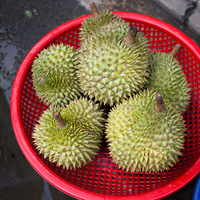
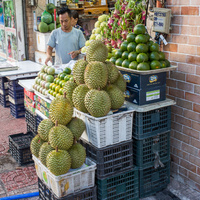

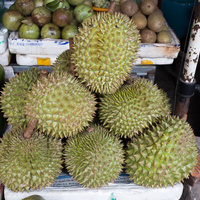
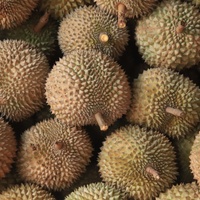
.5756.thumb.jpg)
